By Evita Rodrigues & Sidharth Rath
As Delhi is set to make public transport free for women, could it solve some of Delhi’s air pollution and traffic woes? Or could it only worsen them?
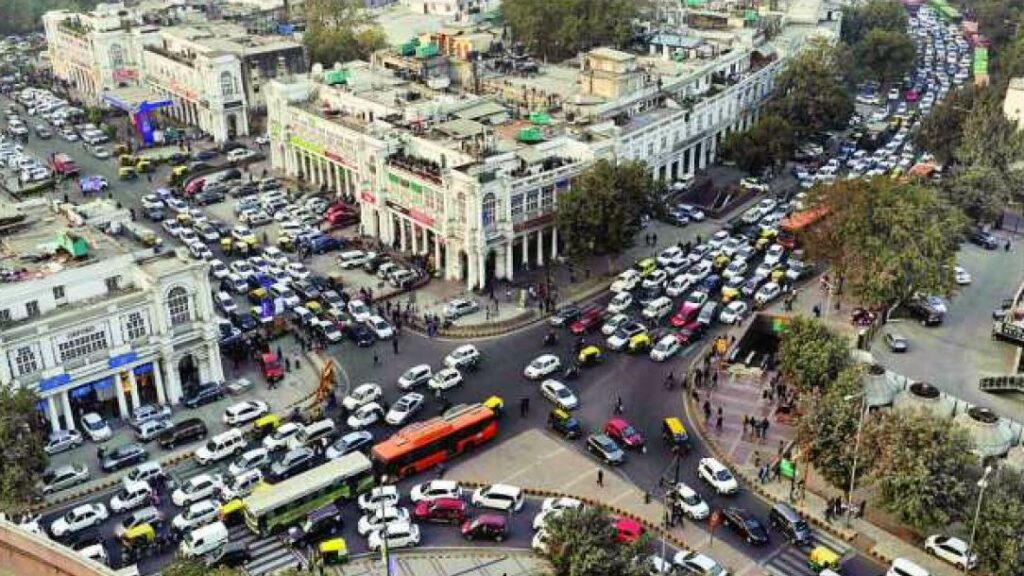
The Aam Aadmi Party in Delhi has emerged from a glaring defeat in the 17th Lok Sabha Elections, winning only 1 out of the 40 seats it contested across nine states and UTs, and losing in every constituency in their home turf of Delhi. As Delhi gears up for the upcoming Assembly elections in 2020, it is a make or break time for Arvind Kejriwal’s government as Narendra Modi continues to rise. The AAP is now in mission mode to execute several welfare programmes and boost their pro-people image. Therefore, a policy announcement that is aimed at women is no surprise. Only recently, women were at the centre of Naveen Patnaik’s win in Odisha, upsetting the BJP. Modi has also placed relentless focus on Ujjwala, the LPG scheme aimed at replacing chulhas in millions of Indian homes, making lives easier for women.
Putting the policy into context – what does it mean for air quality?
In Delhi, the country’s political capital and the world’s air pollution capital – around 80 lives are lost each day to the deadly air that aggravates several types of illnesses among Delhi’s citizens and causes thousands of premature deaths each year.
EVERY YEAR, OVER 10,000 TO 30,000 DEATHS IN DELHI CAN BE ATTRIBUTED TO THE ALARMING LEVELS OF PM 2.5 IN THE REGION.
The average AQI (Air Quality Index) in nearby Gurugram is almost three times the ‘healthy’ level prescribed by the US Environmental Protection Agency.
A recent study noted that Delhi could cut its premature deaths by around 45 per cent by improving the air quality scenario and meet India’s national ambient air quality standards. If it could meet the WHO’s standards, Delhi could cut premature deaths by around 85 per cent. Combating air pollution quickly and on a large scale has massive public health benefits for Delhi and ignoring the crisis or not doing enough could make the situation much worse.
A Delhi citizens’ survey in 2018 found that combating traffic congestion was the top priority for urban Delhi voters as indicated by 49.67 per cent of around 3,500 respondents. Delhi’s congestion is a result of the increase in the number of vehicles in a mixed traffic scenario (motorised and non-motorised transport) as the population of the region has been increasing while the expansion in the road network and the capacity addition in public transport continues to be inadequate.
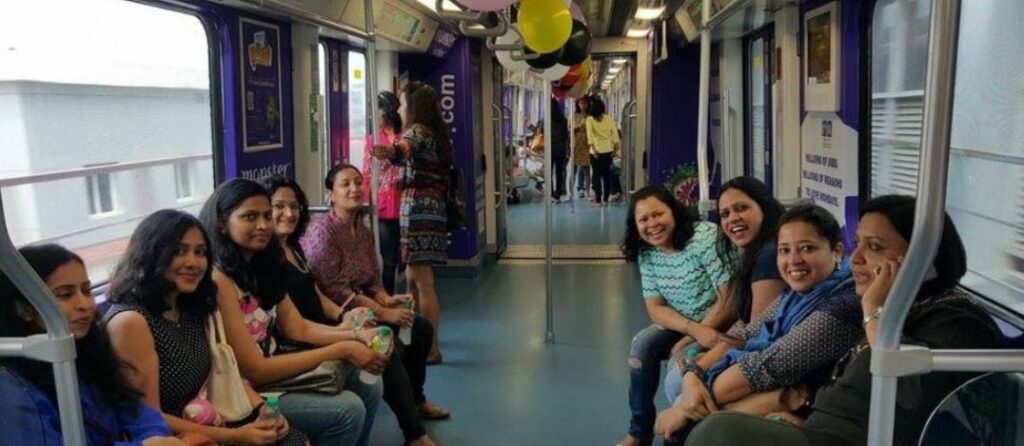
In this scenario, making it free for women to travel in Delhi’s buses and the metro, at a cost to the exchequer in hundreds of crores of rupees a year, would create additional demand for the public transport system. Aside from ensuring that all the capacity is utilised as many women who could not afford public transport earlier would be introduced to the system – whether Delhi’s transit system can handle all the additional demand is a big question. This surge in demand with corresponding lack of supply would lead to the deterioration of the quality of services and the comfort of riders.
AS DELHI’S PUBLIC TRANSPORT SYSTEM WILL GET OVERCROWDED AND INCONVENIENT, WILL RIDERS WHO CAN AFFORD TO USE PRIVATE MEANS OF TRANSPORT SHUN THE SYSTEM?
If the system isn’t able to expand adequately, it is ultimately going to become a trade-off between cost and convenience for Delhi’s residents. And the bulk of the stress will be on the metro system as it cuts travel time and would be way faster than commuting with a private vehicle across the city. The metro ride is one leg of the commute that would be the most difficult for citizens to replace with any other mode of transport.
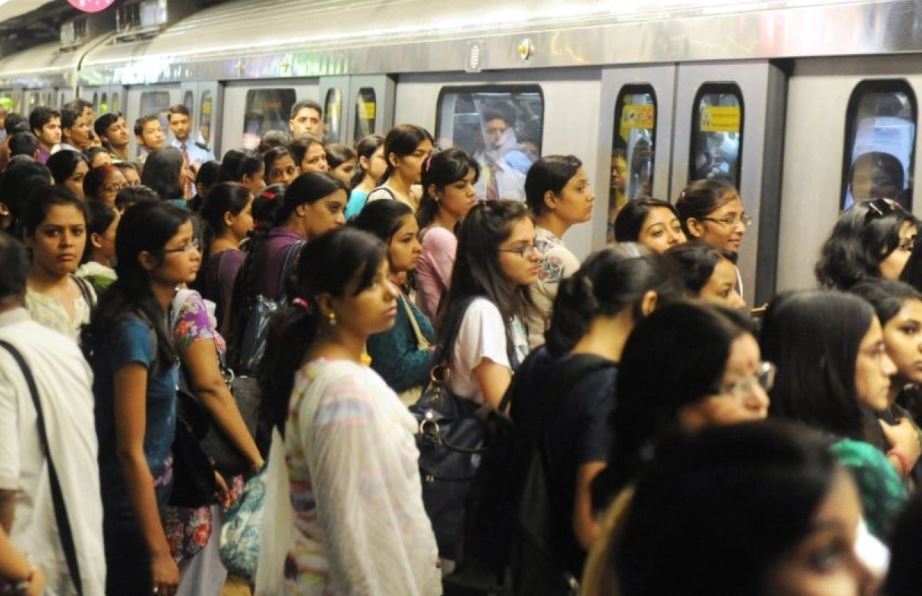
As concerns of overcrowding in Delhi metro have made their rounds with anxious daily riders taking to social media, Atishi Marlena of the AAP went on to clarify that the metro presently has excess capacity and can accomodate 15 lakh more riders on a daily basis.
Commuters already facing crowded metros on busy routes, might find this hard to swallow given that the busy routes will only get busier with more people utilising the service, and using it more frequently because it is free.
But, replacing a Delhi bus ride with affordable ‘cab-pooling’ options could appeal to Delhi’s more affluent commuters. Ultimately, it could potentially put more cars and cabs on the road and make congestion, and air pollution worse.
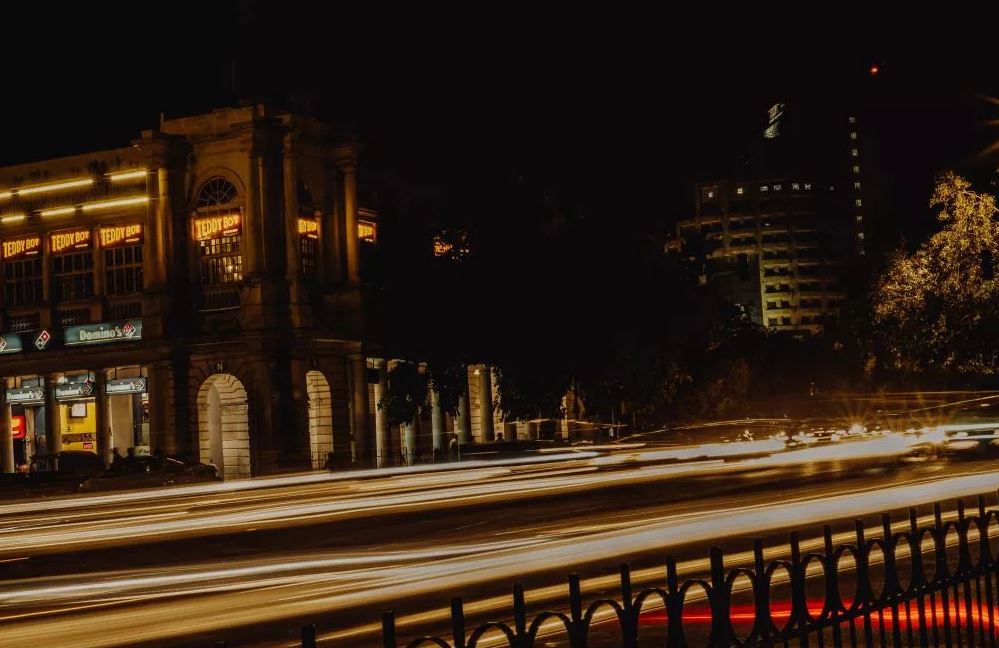
While free rides for women in Delhi’s public transport could boost ridership, it would not comprehensively solve challenges women face while using Delhi’s transit systems. The boost in female ridership could make public transit systems safer for women as they would occupy more seats on the bus and the metro, but that’s about as far as the policy can go.
TO ASSUME THAT THE COST OF PUBLIC TRANSPORT IS THE PRIMARY REASON THAT STOPS WOMEN FROM UTILISING THE SERVICES IN A CITY THAT’S INFAMOUS FOR CRIMES AGAINST WOMEN WOULD BE INACCURATE.
Safety at the last mile is one of the primary concerns for female commuters. Even if public transport systems are made free, poor connectivity at the last mile compels women to take cabs or auto-rickshaws where safety and availability continue to be concerns.
The policy would support women who could not afford public transport over other less safer options. But for many women who can afford the ticket but are unwilling to step on a bus at night, other measures like increased recruitment of female frontline staff and security measures could have been more helpful.
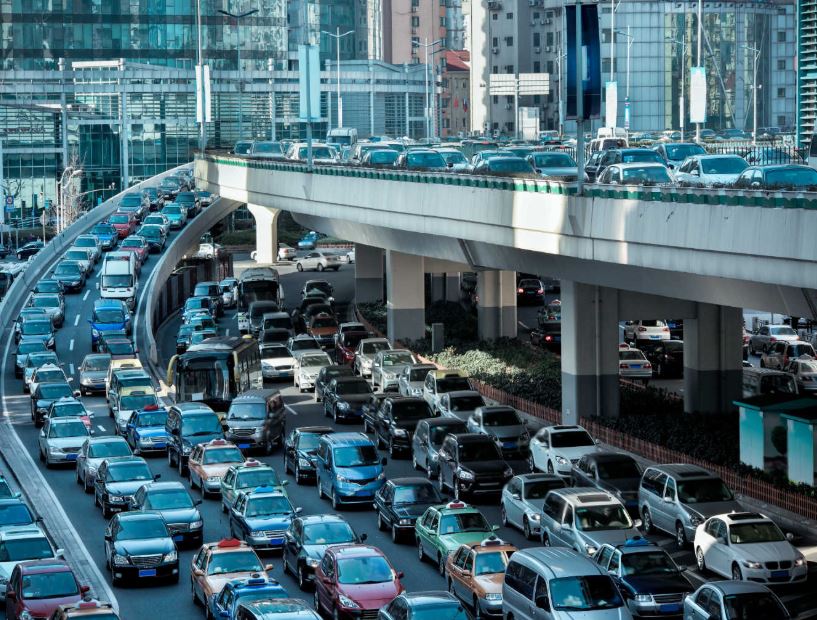
The long-term challenge for Delhi, and India’s bustling metropolitan cities is to expand and transform their public transport systems to become sustainable, comfortable, affordable, and well-run. The populist plan will ensure better access via affordability, thereby allowing women in Delhi to reclaim these public spaces that have long been rendered inaccessible. However, important questions of economic feasibility in the long run and implementation challenges including that of capacity hound the policy’s future.
IN THE MEANTIME, THE CITY WILL STILL BREATHE DELHI’S POLLUTED AIR – LONGER COMMUTES, SHORTER LIVES.
(This post was originally published in The Primer.)





























